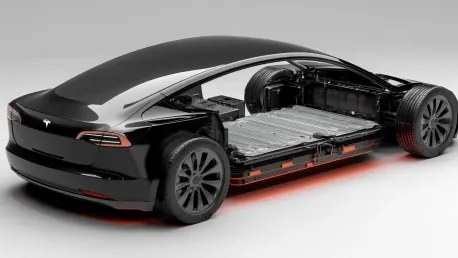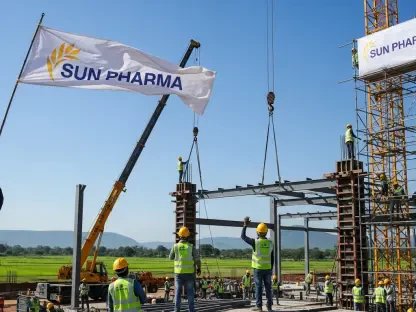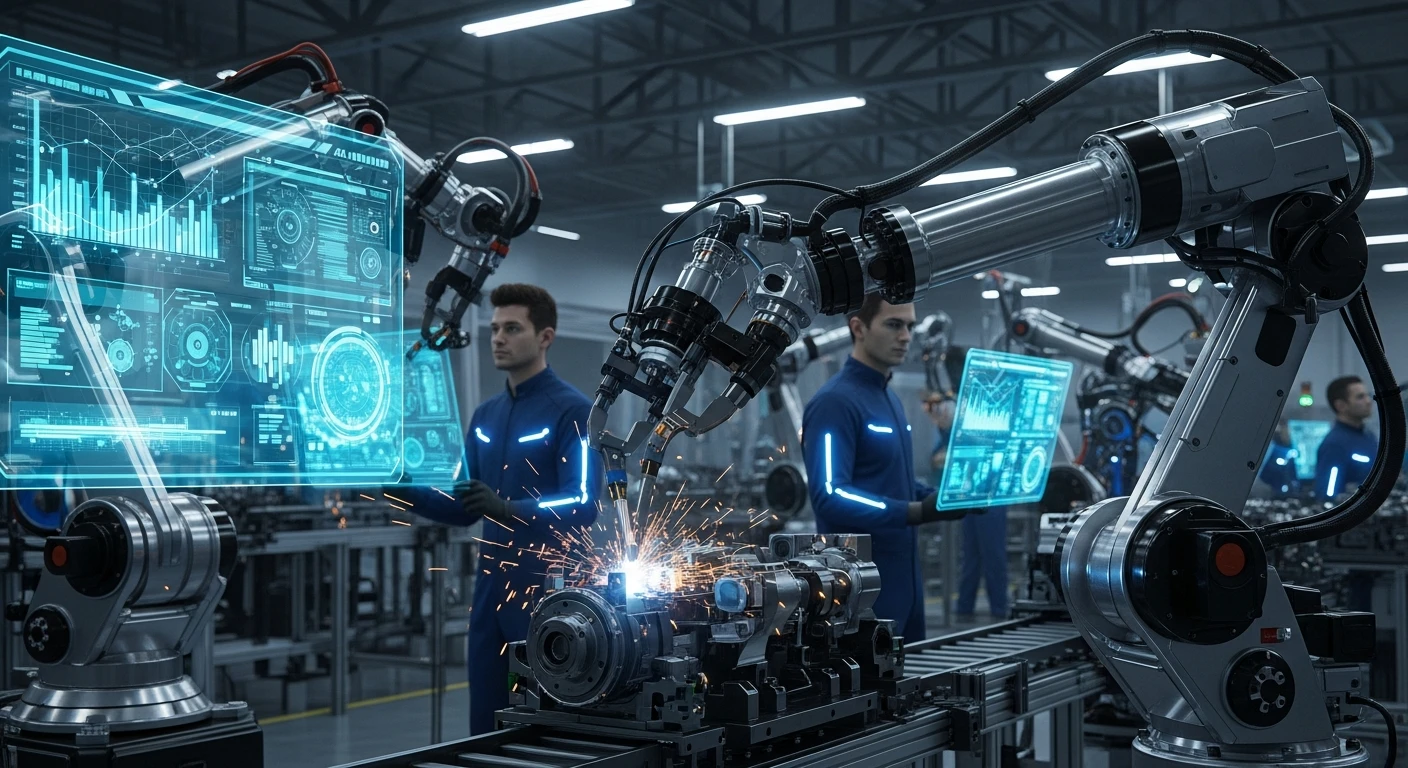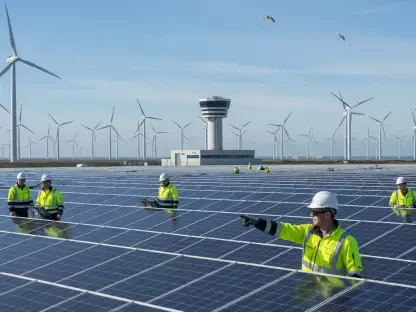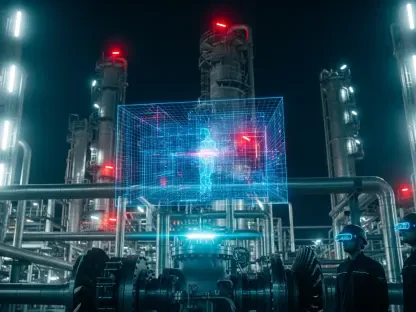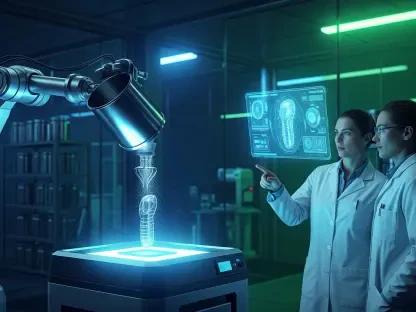Kwame Zaire is a manufacturing expert with a keen interest in electronics and equipment, focusing on production management and predictive maintenance. He provides insights on quality and safety in the industry. Today’s discussion revolves around the transformation of battery factory operations in North America, influenced by various economic and geopolitical factors.
What was the state of battery factory operations in the U.S. in 2019? How has that changed by today?
In 2019, the U.S. had only two operational battery factories, with two more under construction. However, as of today, there are approximately 34 battery factories either planned, under construction, or operational across the country. The rise in battery factory operations has significantly increased, marking a notable shift in the industry.
How did the COVID-19 pandemic initially impact the onshoring of battery manufacturing for EVs?
The COVID-19 pandemic initially caused a trickle in the onshoring of battery manufacturing for EVs, largely due to disruptions in supply chains, highlighting vulnerabilities. However, the situation quickly accelerated, leading to a surge in battery factory projects to ensure a more localized and secure supply chain.
Can you explain how the Inflation Reduction Act (IRA) has influenced the battery factory construction boom in North America?
The IRA, signed into law in August 2022, played a crucial role in expediting the battery factory construction boom. While it wasn’t the initial catalyst, the IRA’s incentives for automakers and the push for U.S. energy independence significantly accelerated the pace of ongoing and planned battery factory projects, stimulating substantial private sector investment.
What potential impact does the freeze ordered by President Donald Trump in January 2025 have on the IRA funding disbursements?
President Trump’s freeze order in January 2025 affected IRA funding disbursements. However, many manufacturers had already received the funds allocated to them. Despite the potential halt in new funding, the existing private sector investments in clean energy projects continued to progress.
Why is there a push for the U.S. to gain more control over its battery supply chain?
The push for U.S. control over its battery supply chain is driven by the desire to reduce dependency on China, especially amid trade tensions like the 10% tariffs on Chinese imports. Another significant factor was the lesson learned from the COVID-19-related chip shortage, prompting automakers to diversify and localize their supply chain to avoid similar disruptions.
What lessons did automakers learn from the COVID-19 pandemic’s chip shortage crisis that are influencing their current approaches to EV battery production?
Automakers learned the critical importance of having a resilient and diversified supply chain. The chip shortage caused significant manufacturing delays, prompting a strategic shift towards onshoring EV battery production to mitigate risks and ensure continuity in their operations.
What are the plans of various automakers to produce North American-made batteries before 2030?
Various automakers, including BMW, Ford, General Motors, Honda, Hyundai, and Toyota, have announced substantial investments in North American battery production. These companies aim to build multiple battery factories, ramping up local production capacities to meet increasing EV demand and align with regulatory requirements.
How do the incentives in the IRA work for automakers and consumers?
The IRA provides various incentives, including tax credits for automakers producing batteries domestically and for consumers purchasing EVs with batteries meeting sourcing and production criteria. Eligible EVs could qualify for up to a $7,500 tax credit, contingent on battery component production and critical material sourcing guidelines.
What are the specific battery sourcing and production guidelines that an EV must meet to qualify for the full $7,500 tax credit under the IRA?
To qualify for the full $7,500 tax credit, an EV must meet several criteria under the IRin 2024, 60% of the battery components’ value should be produced or assembled in North America, increasing to 100% by 2029. Additionally, in 2024, 50% of the value of critical materials must be sourced from the U.S. or countries with free trade agreements, increasing progressively to 80% by 2027.
Can you explain the importance of the advanced manufacturing credits under Section 45X in the context of battery cell and module production?
The advanced manufacturing credits under Section 45X have been pivotal, offering $35 per kilowatt-hour for battery cells and $10 per kilowatt-hour for battery modules. These credits have significantly incentivized domestic production, helping manufacturers reduce costs and increase their competitive edge in the global market.
What materials are involved in the electrode active materials production that can qualify for a 10% reimbursement under the IRA?
The materials used in electrode active production qualifying for a 10% reimbursement include those for cathodes and anodes, such as graphite, silicon, zinc, aluminum, magnesium, nickel, and cobalt. These materials are crucial for battery performance and efficiency, and their production is key to the competitiveness of the EV industry.
How much have automakers and battery manufacturers collectively invested or pledged to invest in domestic cell and module manufacturing?
Automakers and battery manufacturers have collectively invested or pledged around $112 billion in domestic cell and module manufacturing. This significant investment aims to boost local production capacities, reducing reliance on foreign battery sources.
What is the projected annual capacity in gigawatt-hours of battery production in the U.S. and Canada by 2030, and how many EVs could this supply?
By 2030, the projected annual capacity for battery production in the U.S. and Canada is close to 1,200 gigawatt-hours. This capacity is sufficient to supply batteries for approximately 18 million EVs, based on the production and demand forecasts.
How has the IRA contributed to the private investment into clean energy and technology manufacturing outside of the battery sector?
Beyond the battery sector, the IRA has catalyzed a total of $245 billion in private investment into clean energy and technology manufacturing. This influx has driven advancements in renewable energy, energy storage solutions, and other sustainable technologies, helping to transition the economy towards greener initiatives.
Why is there a need to track the investments into producing batteries in North America?
Tracking investments into battery production is crucial to gauge the industry’s growth, status of projects, and alignment with policy objectives. It allows stakeholders to assess progress, identify gaps, and ensure that investments are effectively leading to increased production capacities and reduced reliance on imports.
What are the specific plans and investments of BMW in the U.S. regarding EV battery production?
BMW has committed to a $1.7 billion investment in the U.S., preparing its Spartanburg, South Carolina, plant for EV production and building a battery assembly facility in Woodruff. They’ve also partnered with AESC to establish a battery cell plant in Florence, South Carolina. The inaugural production at these sites is expected by the end of 2026.
How are Daimler, Paccar, Accelera, and EVE Energy collaborating on battery cell production for medium- and heavy-duty commercial transportation?
In September 2023, these companies formed a joint venture named Amplify Cell Technologies to produce battery cells in Mississippi, focusing on lithium-iron-phosphate (LFP) battery tech for medium- and heavy-duty commercial vehicles. The collaboration ensures that they share ownership and control of the business while leveraging EVE Energy’s expertise in battery cell design and manufacturing.
What are Ford’s plans and investments in the U.S. concerning battery factory construction and technology partnerships?
Ford, through its joint venture with SK On, is constructing three battery plants in the U.S., supported by a $9.2 billion loan from the Department of Energy. Two plants are in Kentucky, and one is in Tennessee. Additionally, Ford is building a lithium-iron-phosphate plant in Michigan with technology licensed from Chinese battery maker CATL.
How is General Motors positioning itself in the U.S. battery production landscape, including its partnerships and individual projects?
General Motors, through partnerships with LG Energy Solutions and Samsung SDI, is developing multiple battery plants. They also aim to reduce EV costs by transitioning to LFP battery technology. GM is investing in the entire battery value chain, including a new cell development center and a battery materials facility in Canada, partnering with companies like Posco Chemical and LG Chem.
Can you provide details on Honda’s joint venture with LG Energy Solutions and other efforts in battery resource recycling?
Honda and LG Energy Solutions have a joint venture in Ohio to produce pouch-type battery cells and modules. Honda is also enhancing its battery recycling capabilities through agreements with Ascend Elements, Cirba Solutions, and Posco Holdings, ensuring a sustainable supply of battery materials.
Do you have any advice for our readers?
Stay informed on the latest developments in the EV and battery manufacturing industries. The landscape is constantly evolving, and understanding the key players, investments, and technological advancements can provide valuable insights and opportunities.
